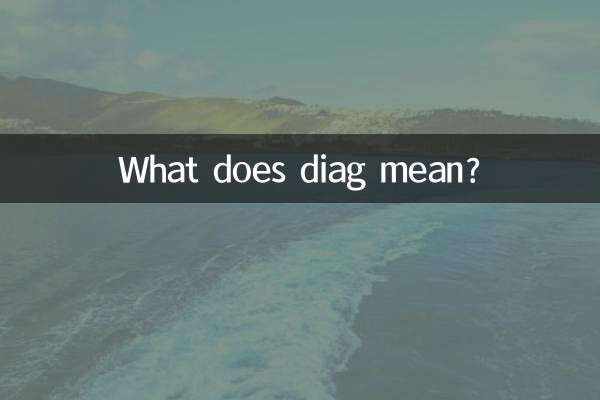What quota should be applied for dredging: hot topics and structured data analysis on the entire network
Recently, the issue of quotas for dredging projects has become the focus of heated discussion in the industry. With the strengthening of environmental protection policies and the upgrading of urban infrastructure, the demand for dredging projects has increased significantly. This article will combine the hot topics and hot content on the Internet in the past 10 days to provide you with a detailed analysis of the quota issues applied in dredging, and provide structured data for reference.
1. Frequently Asked Questions about Quotas for Dredging Projects

The determination of dredging project quotas involves multiple factors, including project type, construction difficulty, equipment usage, etc. The following are some issues that have been discussed a lot recently:
| Question type | frequency of occurrence | Main points of dispute |
|---|---|---|
| Quota standards are not uniform | high frequency | Quotas vary greatly among regions and there is a lack of unified national standards. |
| Equipment usage fee | IF | Differences in cost calculation between mechanized dredging and traditional manual dredging |
| Environmental protection requirements increase costs | high frequency | Should environmental protection treatment costs be included in the quota? |
2. Reference data for dredging project quotas
Based on recent project cases and industry discussions, the following are common quota reference data in dredging projects:
| Project type | Quota range (yuan/cubic meter) | Remark |
|---|---|---|
| River dredging | 50-150 | Shipping costs included |
| Municipal pipeline dredging | 80-200 | Convenience charges included |
| pond dredging | 60-120 | Including sludge treatment costs |
3. Key factors affecting dredging quotas
The quota for dredging projects is not fixed. The following factors will significantly affect the final pricing:
| Influencing factors | degree of influence | illustrate |
|---|---|---|
| Construction difficulty | high | Narrow spaces, deep water operations, etc. will increase costs |
| Transportation distance | middle | Silt transportation distance exceeding 5 kilometers requires additional calculations |
| Environmental protection standards | high | Environmental protection requirements vary significantly in different regions |
4. Recent hot discussions and industry suggestions
Through analysis of industry discussions in the past 10 days, we found that the following hot topics deserve attention:
1. The application of intelligent dredging equipment is changing the traditional quota calculation method. Some regions have begun to pilot quota standards based on equipment operating time.
2. The environmental protection department has recently strengthened its supervision of dredging projects, especially the compliance requirements for sludge treatment, which has a direct impact on project costs.
3. Some experts suggest establishing a national unified dredging project quota database to reduce disputes caused by regional differences.
5. Conclusions and suggestions
The determination of quotas for dredging projects requires comprehensive consideration of many factors. suggestion:
1. Conduct detailed surveys in the early stage of the project to accurately assess the difficulty of construction;
2. Understand local environmental protection policy requirements and reserve sufficient processing fees;
3. For special projects, it is recommended to adopt the cost-plus pricing method rather than a fixed quota;
4. Pay attention to industry trends and update quota standards in a timely manner.
With the advancement of technology and the improvement of environmental protection requirements, the quota system for dredging projects will continue to be improved. It is recommended that practitioners maintain a learning attitude and keep abreast of the latest industry standards.

check the details

check the details